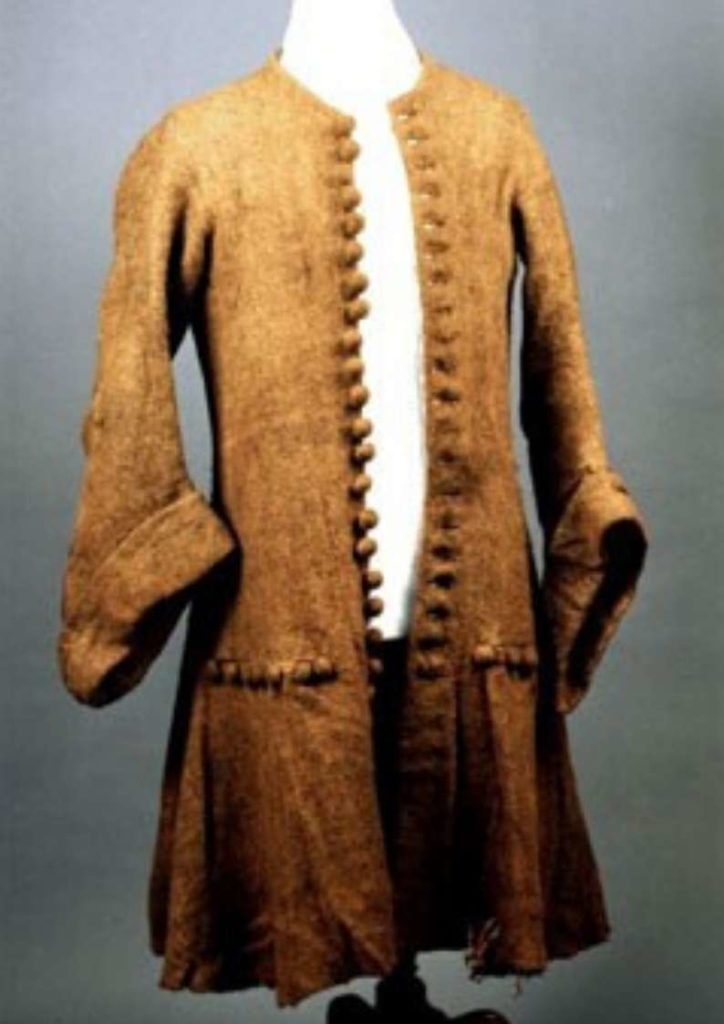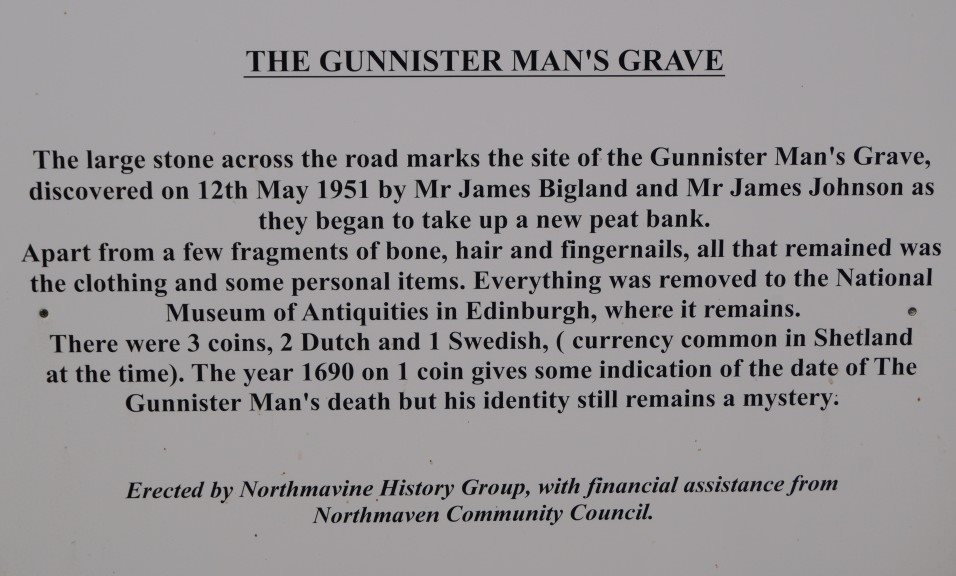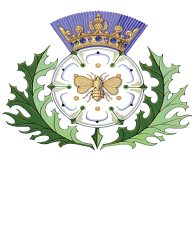On 12th May 1951, James Bigland and James Johnson were cutting peats near Gunnister, in the north mainland of Shetland, when they discovered the remains of a man.
“Scarcely anything of the body was left—some curly dark brown hair, with no trace of grey; portions of the skull; some finger and toe nails; and very decayed fragments of bone in each sleeve and in one stocking.”
(Henshall and Maxwell, 1951-52)
The acidic conditions in the peat rotted much of the body, but the clothing and some personal items were remarkably well preserved: a horn spoon, a wooden handled knife (with an iron blade which had rusted away), a stick, a small tub secured by wooden hoops, two tablets of wood, a quill and a horn.
The woollen garments consisted of a shirt, breeches, coat, jacket, two caps, a pair of gloves, a pair of stockings, that went up to mid-thigh, and a purse.
The small purse is the earliest physical evidence of “Fair Isle” knitting in Shetland.
It contained some silk ribbons, one Swedish (dated 1683) and two Dutch coins (from 1681 and 1690), dating the garments to the last decade of the 17th century or the first decade of the 18th century.
Dutch and Swedish coins were not strange for the time, owing to the visits of the Dutch fishing fleets and traders from Low Countries and Sweden.
Gunnister Man’s clothing mirrors foreign influences: he was wearing wide breeches, which were common in the Netherlands, and a woollen cap similar to those worn by Dutch whalers.
He may not have been from Shetland, even if his shoes were locally made hide shoes (some pieces of leather were preserved).
Among his items there was an equipment from writing: a quill and a horn. The dark substance in the horn was tested and found to be ink.
Gunnister Man was carefully buried, but not trasported to a burial ground. Why was he buried in the peat moor?
He was wearing a lot of clothes so it could be very cold when he died: he could be caught by a snow storm and lost his way and his life too.
He could have been discovered after a long period and his body could be too decayed to be carried to a nearby cemetery, so he was buried in a peat bog.
Scholars don’t think he was robbed or killed. His clothes show no signs of wound marks and there were coins in his purse.
The clothing and other items became part of the collections of the National Museums Scotland in Edinburgh. They received conservation treatment and analysis and a report was written in 1952.
Full replicas of all the finds were made in 2009 for a permanent Gunnister Man display at Shetland Museum and Archives in Lerwick, Shetland.
By Illaria Villa
References
Aufderheide A.C. (2003) The Scientific Study of Mummies. Cambridge: Cambridge University Press
Henshall A.S., Maxwell S. (1951-52) Clothing and other articles from a late 17th century grave at Gunnister, Shetland. PSAS 86: 30-42
Photo Credits
National Museums Scotland, Edinburgh
Shetland Museum and Archives, Lerwick
Jacqueline Fee and Joe Coca









